Frequency range: 26.5- 28MHz SWR: ≤1.2:1 Max. power: 35W continuous 250W Short time Bandwidth at S.W.R. 2:1: 1900KHz Impedance: 50ohm Whip length: 1200mm Adjustment: 0~90° Cable Length: RG58/157" Po...
See DetailsHow to use simulation software to predict and optimize the performance of CB Antenna?
In the field of radio communication, the performance of antennas is crucial for ensuring reliable signal transmission and reception. CB Antennas are widely used in various applications, and using simulation software to predict and optimize their performance can be a highly effective approach.
To begin with, selecting the right simulation software is essential. There are several software packages available in the market that are specifically designed for antenna simulation. These software tools typically use advanced numerical methods such as the Finite Element Method (FEM) or the Method of Moments (MoM) to solve Maxwell's equations and predict the electromagnetic behavior of antennas.
Once the simulation software is selected, the next step is to create a detailed model of the CB antenna. This involves specifying the geometry, material properties, and boundary conditions of the antenna. The model should be as accurate as possible to ensure reliable simulation results. For example, the dimensions and shape of the antenna elements, the dielectric properties of the substrate, and the presence of any nearby objects or structures should all be accurately represented in the model.
After creating the model, the simulation software can be used to predict various performance parameters of the CB antenna. These may include the radiation pattern, gain, impedance, and bandwidth. The radiation pattern shows the directionality of the antenna's radiation, while the gain indicates the ability of the antenna to focus the radiated power in a particular direction. The impedance determines the matching between the antenna and the transmission line, and the bandwidth indicates the range of frequencies over which the antenna can operate effectively.
Based on the simulation results, it is possible to identify areas for optimization. For example, if the radiation pattern is not as desired, the geometry of the antenna elements can be adjusted to improve the directionality. If the impedance is not matched properly, the length or diameter of the antenna elements can be modified to achieve better impedance matching. Similarly, if the bandwidth is too narrow, changes can be made to the design to increase the operating frequency range.
In addition to geometric modifications, the simulation software can also be used to explore different materials and coatings for the antenna. For example, using a material with a higher conductivity can improve the efficiency of the antenna, while applying a special coating can reduce interference from nearby objects.
Finally, it is important to validate the simulation results through practical measurements. This can be done by building a prototype of the optimized antenna and testing its performance in a real-world environment. If there are significant differences between the simulation and measurement results, further adjustments can be made to the model and the optimization process can be repeated until satisfactory results are obtained.

 English
English Español
Español
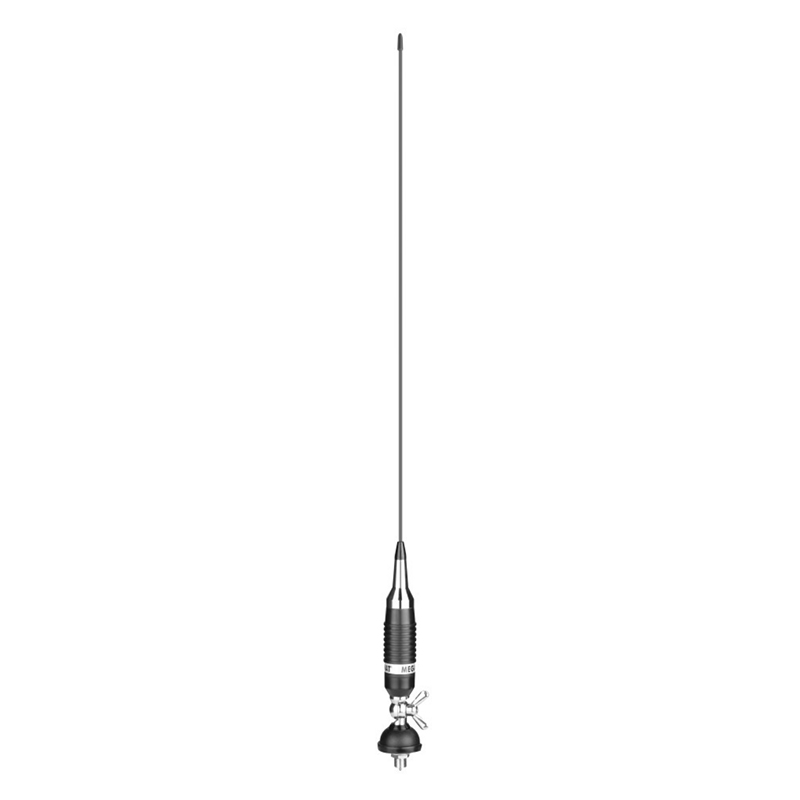
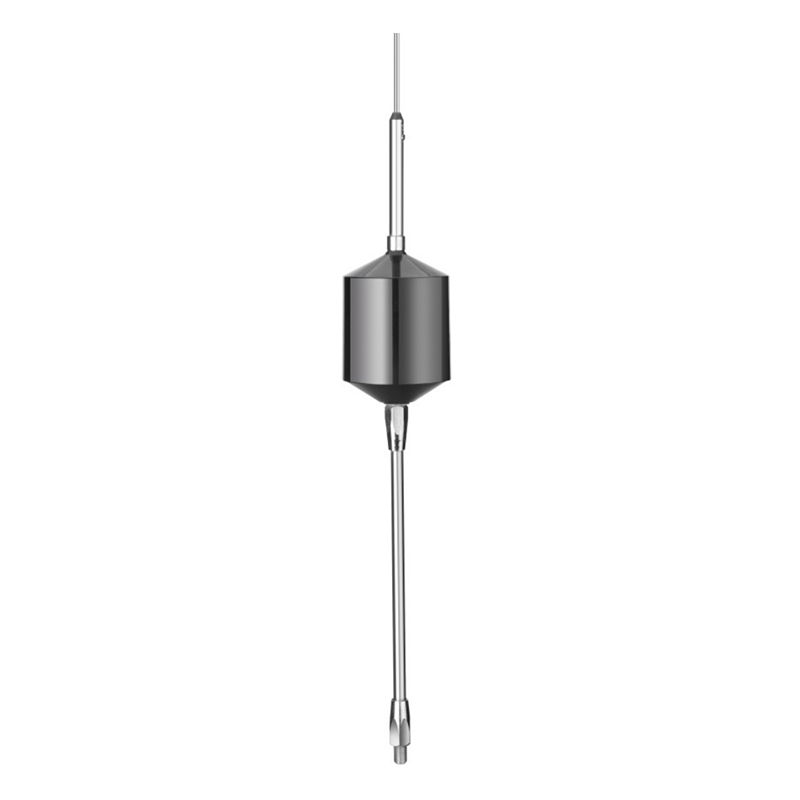

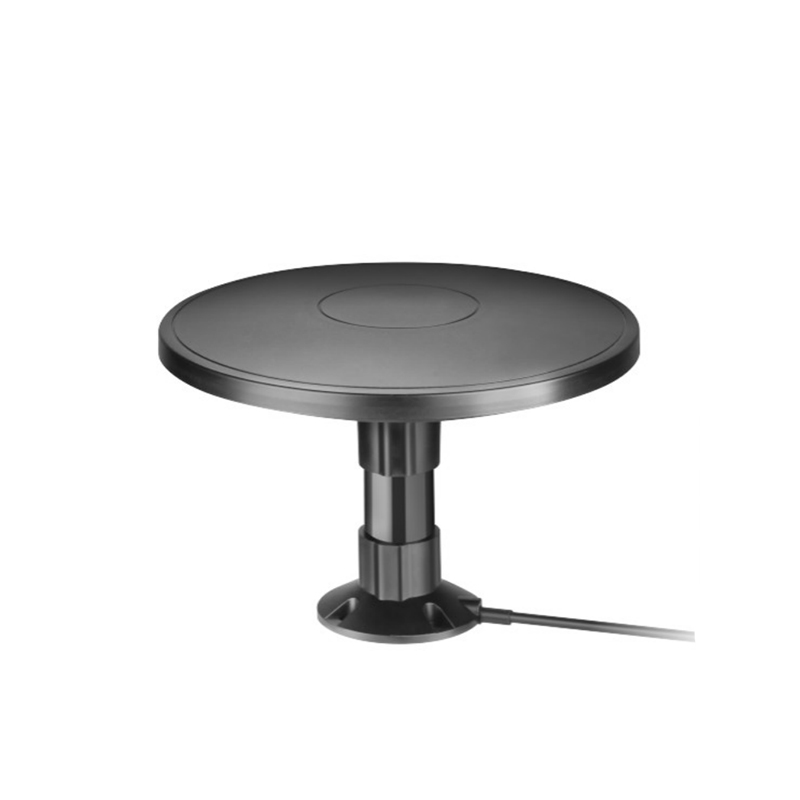
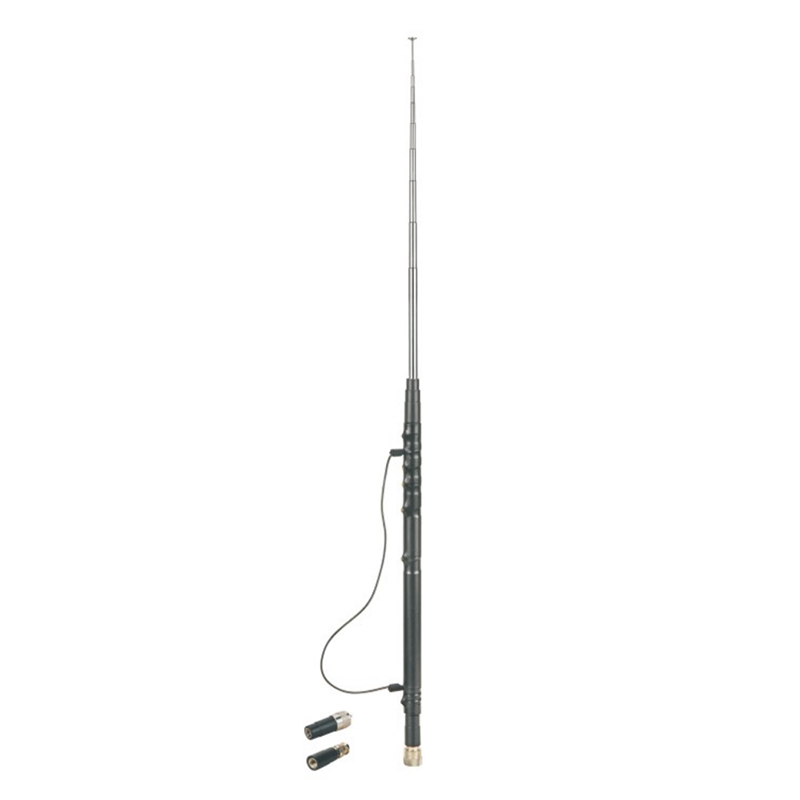

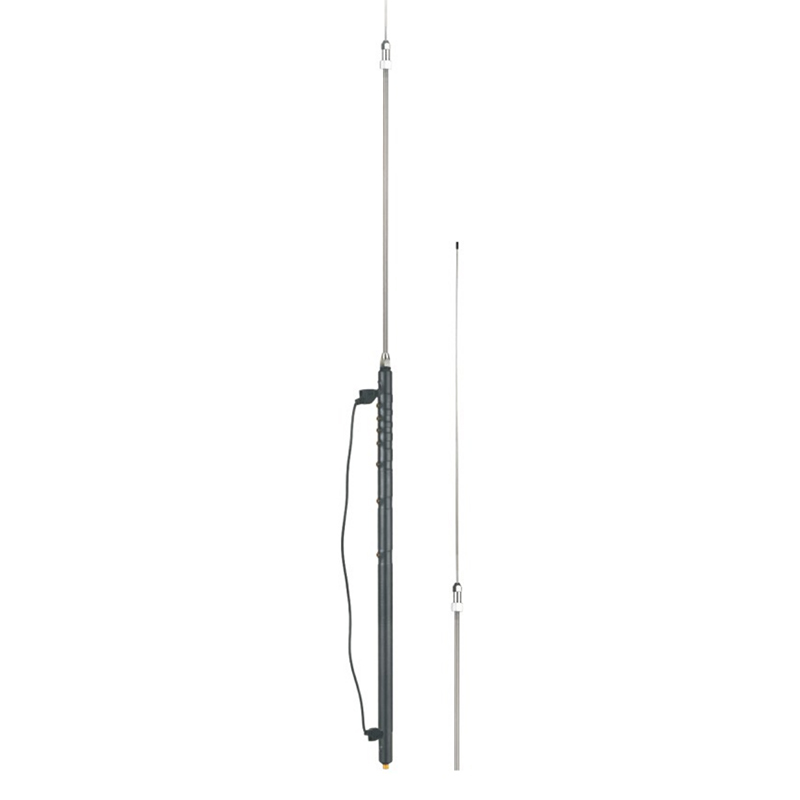
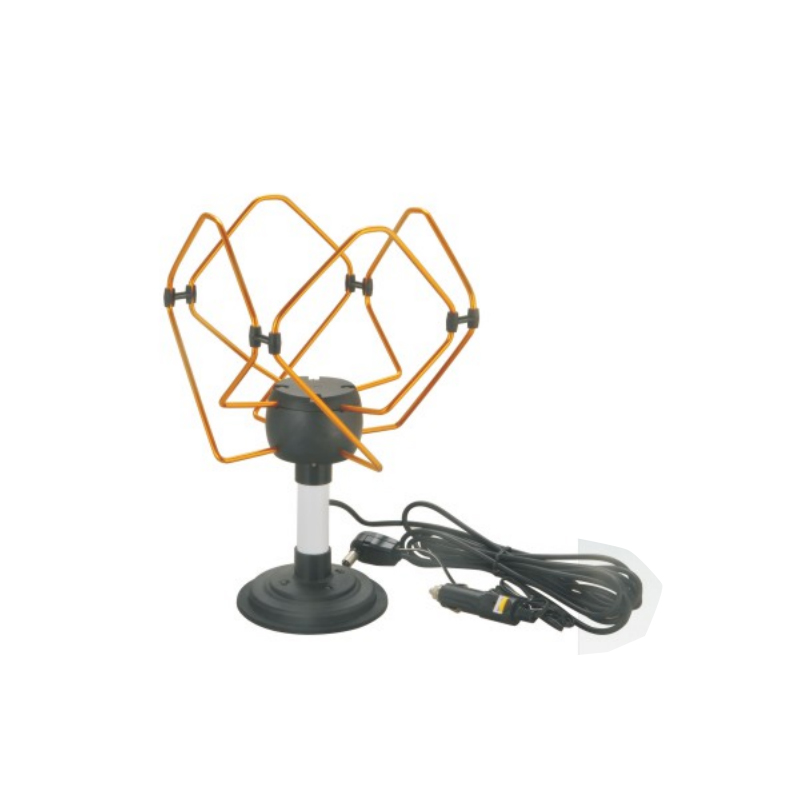
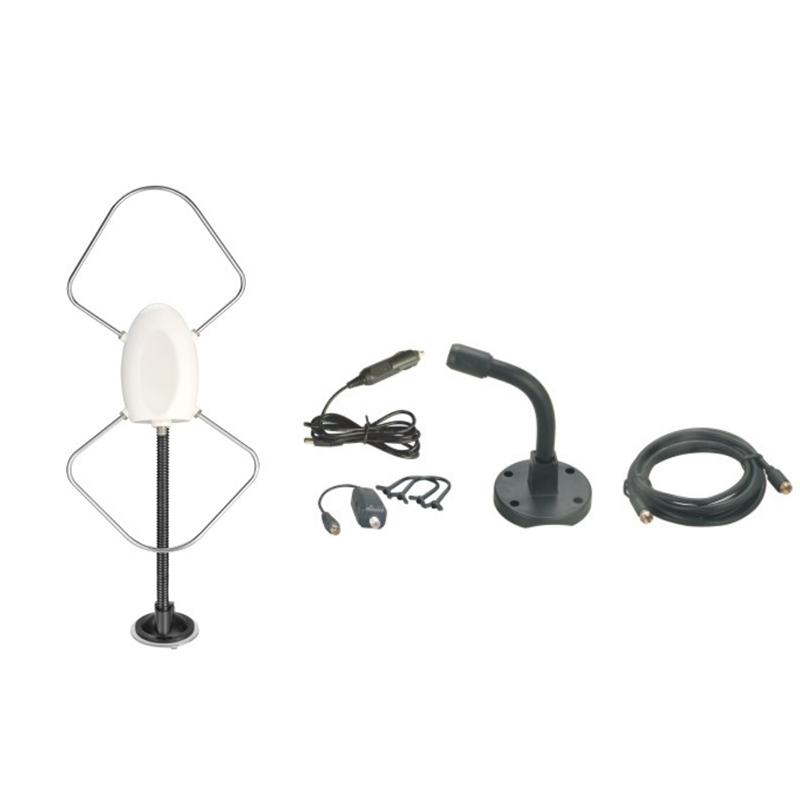
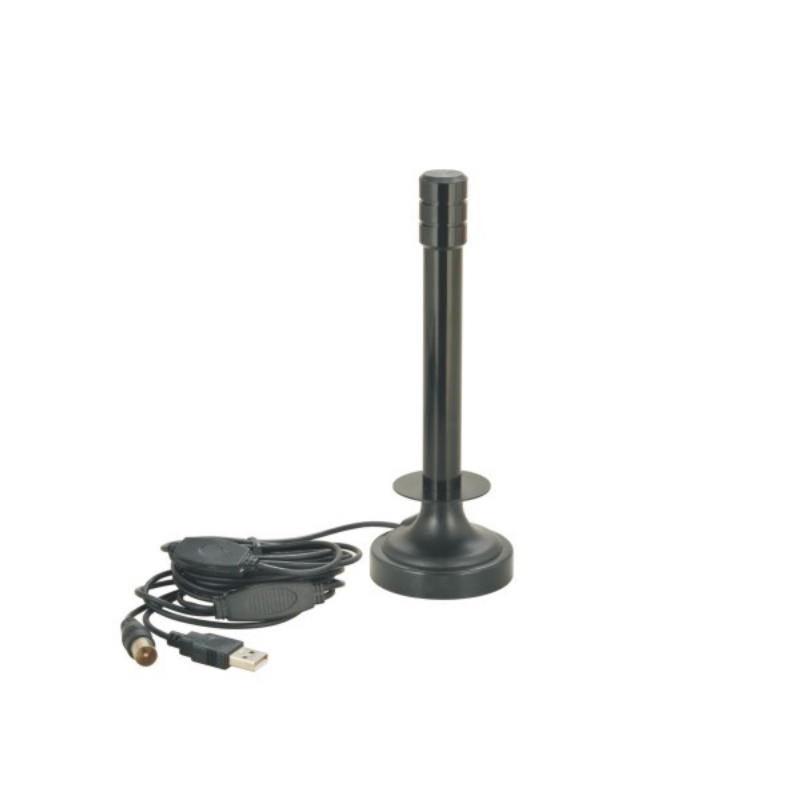
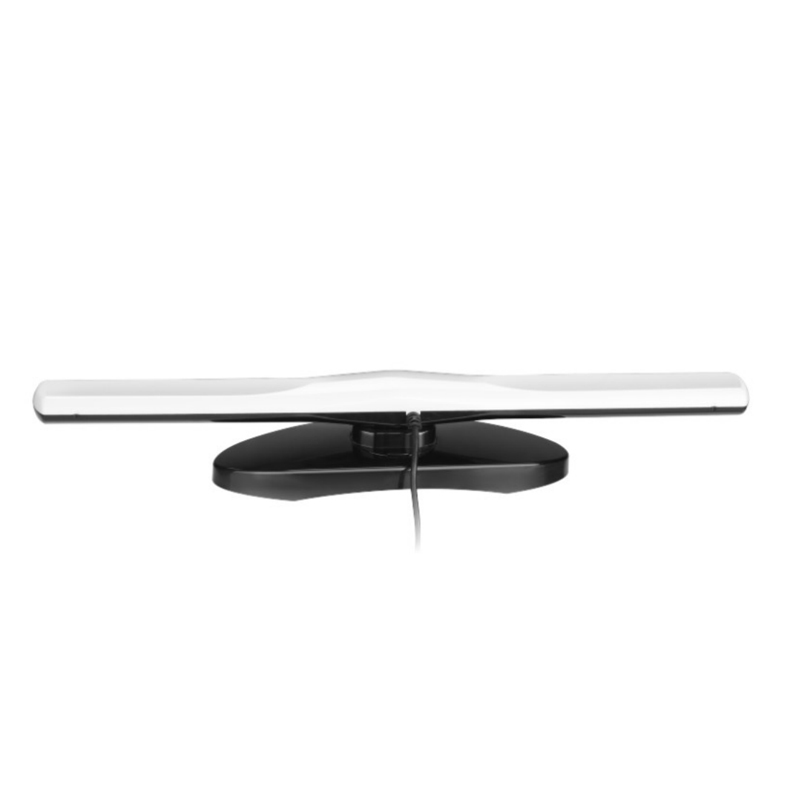
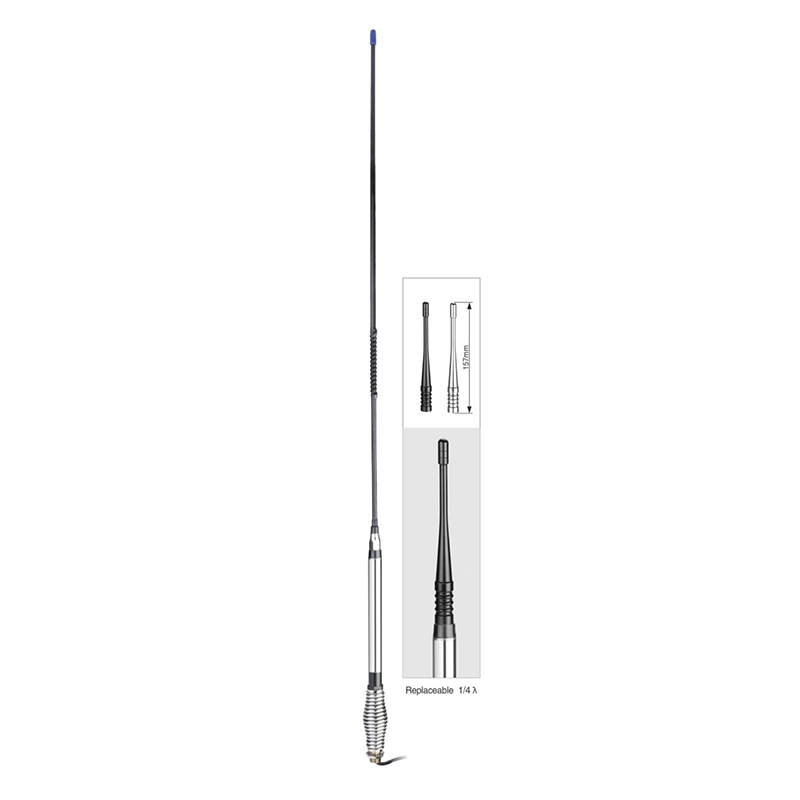

Contact Us